History of Kodak: You press the button we do the rest
Kodak, a name synonymous with photography, has been a cornerstone in the world of imaging for over a century. With its inception in the late 19th century, Kodak revolutionized the way we capture and share moments. Their mission was simple yet profound – to make photography accessible to everyone. It was an ambitious endeavor that ultimately led to a cultural shift in visual expression and storytelling.
The company's historical significance extends beyond just the creation of photographic equipment. Kodak's impact is deeply rooted in its philosophy, captured perfectly by its iconic motto, "You press the button, we do the rest." This slogan encapsulated the brand's commitment to simplifying photography, breaking down technical barriers, and democratizing the medium. Kodak's role was to handle the complex processes, allowing anyone, regardless of their technical know-how, to take a photograph and create lasting memories. This introduction offers a glimpse into Kodak's illustrious past and its fundamental role in shaping the landscape of photography as we know it today.
The Birth of Kodak (1880s - 1900s)
In the realm of photography, few moments are as pivotal as the birth of Kodak. The story begins with George Eastman, an innovator with a vision to simplify photography. Eastman's journey into the world of imaging led him to found the Eastman Kodak Company in 1888. The genesis of Kodak signaled a new era in photography, bringing a profound shift from the domain of professionals and enthusiasts to the reach of the general public.
The first Kodak camera, introduced the same year the company was founded, was a true game-changer. It was a simple, box-shaped device pre-loaded with a 100-exposure roll of film. This camera was designed with the average consumer in mind, offering an uncomplicated and affordable way to capture moments. The user would take their pictures and then send the entire camera back to Kodak, where the film would be developed, prints made, and the camera reloaded with fresh film. This process embodied Kodak's guiding philosophy, "You press the button, we do the rest."
One of Eastman's most influential contributions was the introduction of flexible roll film. Prior to this innovation, photographic plates were cumbersome and required a significant amount of handling and processing. The advent of roll film, made of a flexible and durable gelatin emulsion, revolutionized the medium, allowing for more portable cameras and a significantly simplified photographic process. This innovation paved the way for the mass-market cameras that would follow, cementing Kodak's legacy as a true pioneer in the world of photography.
Kodak's Golden Age (1900s - 1960s)
The early to mid-20th century marked a Golden Age for Kodak, solidifying the brand's status as a household name. During this era, Kodak was virtually synonymous with photography, enjoying an unrivaled dominance in the film and camera market. This period saw the launch of several iconic Kodak products, which played a key role in shaping the history of photography.
In 1900, Kodak introduced the Brownie camera, a simple and inexpensive box camera that made photography accessible to the masses. The Brownie, priced at just one dollar, was designed to be so straightforward that even a child could use it. This camera, loaded with roll film, propelled the concept of the "snapshot", turning photography into a popular hobby.
The mid-20th century saw the launch of the Instamatic series, further cementing Kodak's position in the consumer market. The Instamatic cameras, introduced in 1963, featured easy-loading film cartridges, a major innovation at the time, which eliminated the need for users to thread film onto a take-up spool. This ease of use made the Instamatic a massive success, selling millions of units worldwide.
Beyond consumer photography, Kodak also played a significant role on the global stage during this period. The company provided film for aerial photography during both World Wars, contributing to reconnaissance efforts. Furthermore, Kodak's film was also used during the Apollo Moon missions, capturing some of the most iconic images of the lunar surface.
This golden age for Kodak was characterized by innovation, mass-market appeal, and a considerable contribution to global events, redefining the role and accessibility of photography in everyday life.
The Color Revolution (1935 - 1963)
Kodak's influence in shaping the trajectory of photography was perhaps most prominent during what can be referred to as the "Color Revolution". This period was marked by the introduction of Kodachrome and Ektachrome films, which revolutionized the world of color photography.
In 1935, Kodak launched Kodachrome, the first commercially successful color film. Its development was a significant technological achievement that created a paradigm shift in the industry. Kodachrome was renowned for its rich saturation and exceptional color accuracy, offering a previously unseen level of detail and vibrancy. It became a favorite among both professional and amateur photographers alike, lauded for its ability to bring scenes to life in vivid color.
Building on the success of Kodachrome, Kodak introduced Ektachrome in 1946. Ektachrome offered a slightly different color palette, with more subtle saturation and a cooler color temperature, but its true innovation was in its processing. Unlike Kodachrome, which required a complex and time-consuming process only available in professional labs, Ektachrome was designed for simpler, quicker development that could be done by amateurs at home.
The influence of these two films was profound. They not only broadened the creative possibilities for photographers but also made color photography accessible to the average consumer. Family vacations, historical events, and artistic explorations were all captured in color, rendering a more realistic and emotionally resonant depiction of the world. This period of innovation firmly cemented Kodak's position at the forefront of the photography industry.
The Digital Dilemma (1970s - 2000s)
The latter part of the 20th century brought a significant challenge to Kodak's established reign. This period, often referred to as the "Digital Dilemma", saw the birth of the digital camera, a technological advancement that would disrupt the photography industry and pose an existential crisis for Kodak.
Ironically, Kodak itself was responsible for the inception of the digital camera. In 1975, Kodak engineer Steve Sasson invented the first digital camera, a bulky device capable of recording 0.01-megapixel black and white photos to a cassette tape. This groundbreaking invention had the potential to redefine photography, eliminating the need for film and making images instantly viewable.
However, Kodak decided not to market the digital camera initially, fearing it would cannibalize their film business. This decision, while understandable considering Kodak's dominance in the film market at the time, later proved to be a strategic misstep. As other companies advanced and popularized digital technology, Kodak found itself increasingly marginalized.
The decline in film photography and the rise of digital presented a significant challenge for Kodak. Film had been the company's lifeblood, and as consumers and professionals alike began to favor digital cameras, Kodak's profits dwindled. Despite attempts to enter the digital market, the company struggled to compete with newer, more agile competitors who had embraced digital technology from the start. The digital dilemma had caught Kodak in a bind, marking a turning point in the company's history.
Still Kodak’s DCS series of professional digital SLR cameras, launched in the early 1990s, were groundbreaking. The DCS 100, introduced in 1991, was the first commercial digital SLR, using a modified Nikon F3 body with a 1.3-megapixel sensor. Throughout the 90s, Kodak released models like the DCS 200 with built-in storage and the higher-resolution DCS 460. By the early 2000s, Kodak’s DCS Pro SLR models featured full-frame sensors, significantly improving digital image quality. However, Kodak’s reluctance to fully commit to digital technology eventually led to its decline in this market. (Editor’s Note: This paragraph was added thanks to the insightful comment by David Bangley.)
Bankruptcy and Beyond (2010s - Present)
The dawn of the 2010s was a difficult period for Kodak. Unable to fully adapt to the digital age, the company filed for bankruptcy in 2012, marking the end of an era for this once-dominant force in the photography industry. However, the tale of Kodak did not end there. The company set its sights on reinvention and embarked on a path of restructuring and resurgence.
After emerging from bankruptcy in 2013, Kodak shifted its focus away from cameras and towards new ventures. These included various business-to-business sectors such as commercial printing, packaging, and functional printing. However, despite these new directions, Kodak did not completely abandon its roots in the world of photography.
In a move that delighted film enthusiasts, Kodak revived several of its classic film stocks, including EKTACHROME in 2018, reflecting a renewed interest in analog photography in the digital age. The company also ventured into the smartphone market with the launch of the Kodak Ektra smartphone, designed with photography enthusiasts in mind.
Kodak's journey in recent years paints a picture of a company striving to adapt and innovate in a dramatically different landscape from the one it once dominated. While it has faced significant challenges and undergone substantial changes, Kodak's enduring legacy in the world of photography remains undeniable.
Kodak's contribution to photography extends far beyond the realm of technology. It has seeped into our culture, shaping how we perceive and engage with the world around us. The concept of the "Kodak moment" has been deeply ingrained in our collective consciousness, a testament to the brand's indelible impact. The phrase itself, coined by Kodak's marketing team, encapsulates the idea of capturing spontaneous and personal events on camera, thus elevating everyday experiences into cherished memories.
In the realm of professional photography, Kodak has left an equally significant mark. The company's color films, such as Kodachrome and Ektachrome, were beloved by many professional photographers for their quality and distinctive aesthetic. These films captured some of the most iconic images of the 20th century, from vibrant National Geographic spreads to intimate family portraits.
Reflecting on Kodak's journey is akin to tracing the evolution of photography itself. From the launch of the first simple Kodak camera, which brought photography to the masses, to the invention of the digital camera, which paradoxically precipitated the company's decline, Kodak's narrative is filled with pioneering innovation, missed opportunities, and the resilience to adapt.
Kodak's story is characterized by groundbreaking technological advancements. The introduction of the Brownie camera democratized photography, while the invention of Kodachrome and Ektachrome color films transformed how we captured and perceived the world. With these innovations, Kodak didn't just sell photographic equipment; it sold memories, experiences, and the ability to freeze time in the form of a photograph.
Yet, the company's story also serves as a cautionary tale about the importance of embracing change. Despite inventing the digital camera, Kodak failed to recognize the potential of this technology and the profound impact it would have on the industry. This reluctance to adapt to the digital revolution led to the company's decline and eventual bankruptcy.
Kodak's influence is unmistakable. It has shaped how we capture, share, and remember our lives. As we look to the future of photography, the lessons learned from Kodak's journey remind us of the need for continual innovation, adaptability, and the courage to embrace change.
Check out also other brands

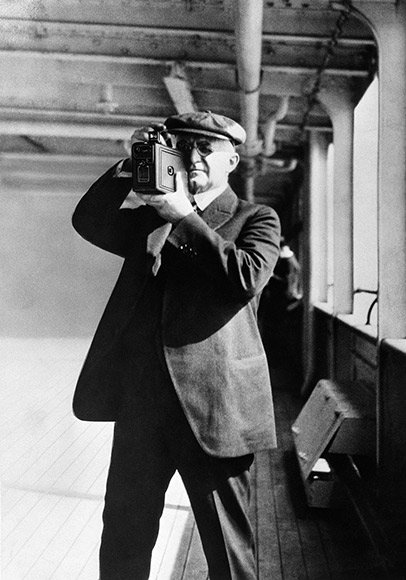

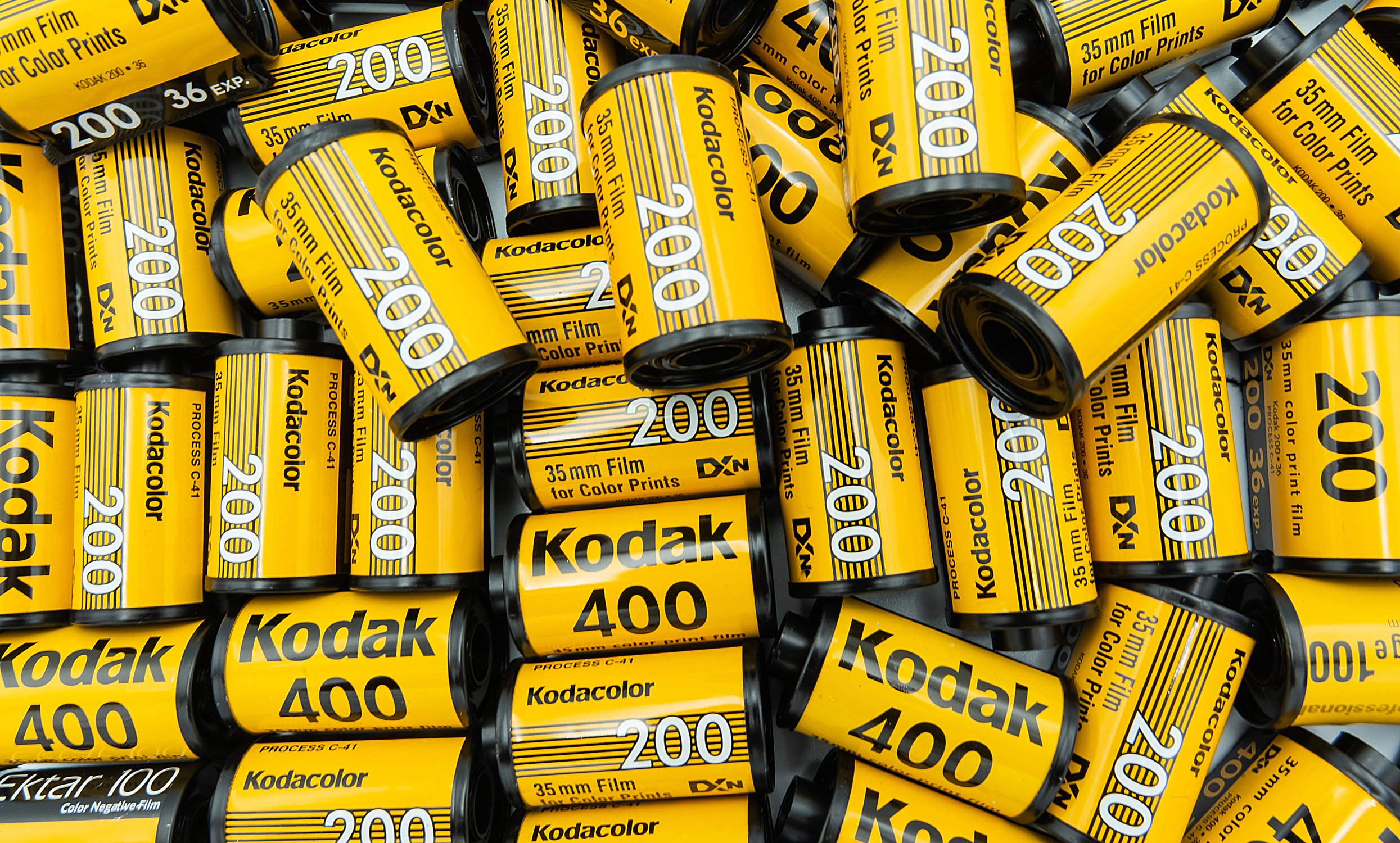








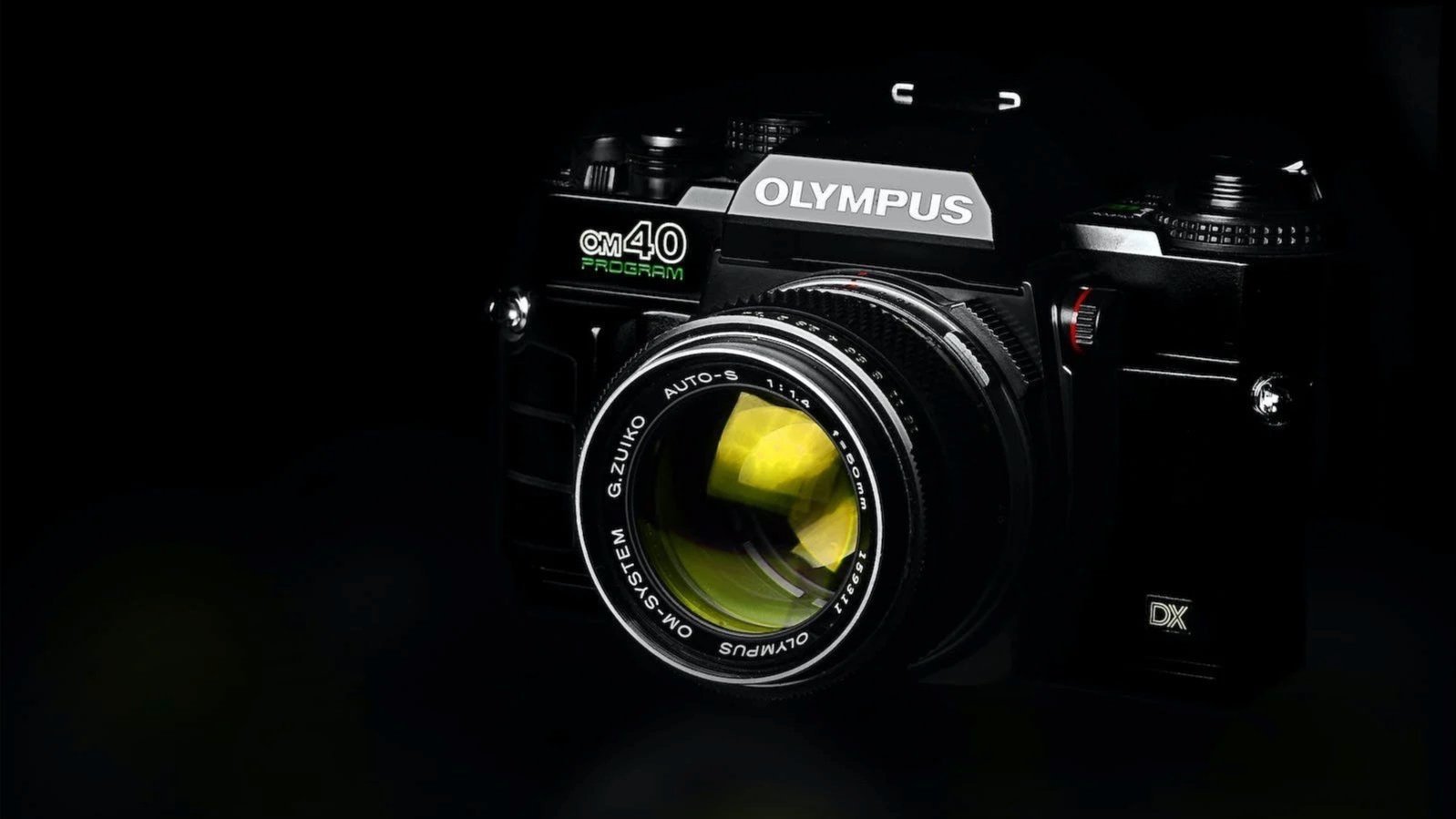
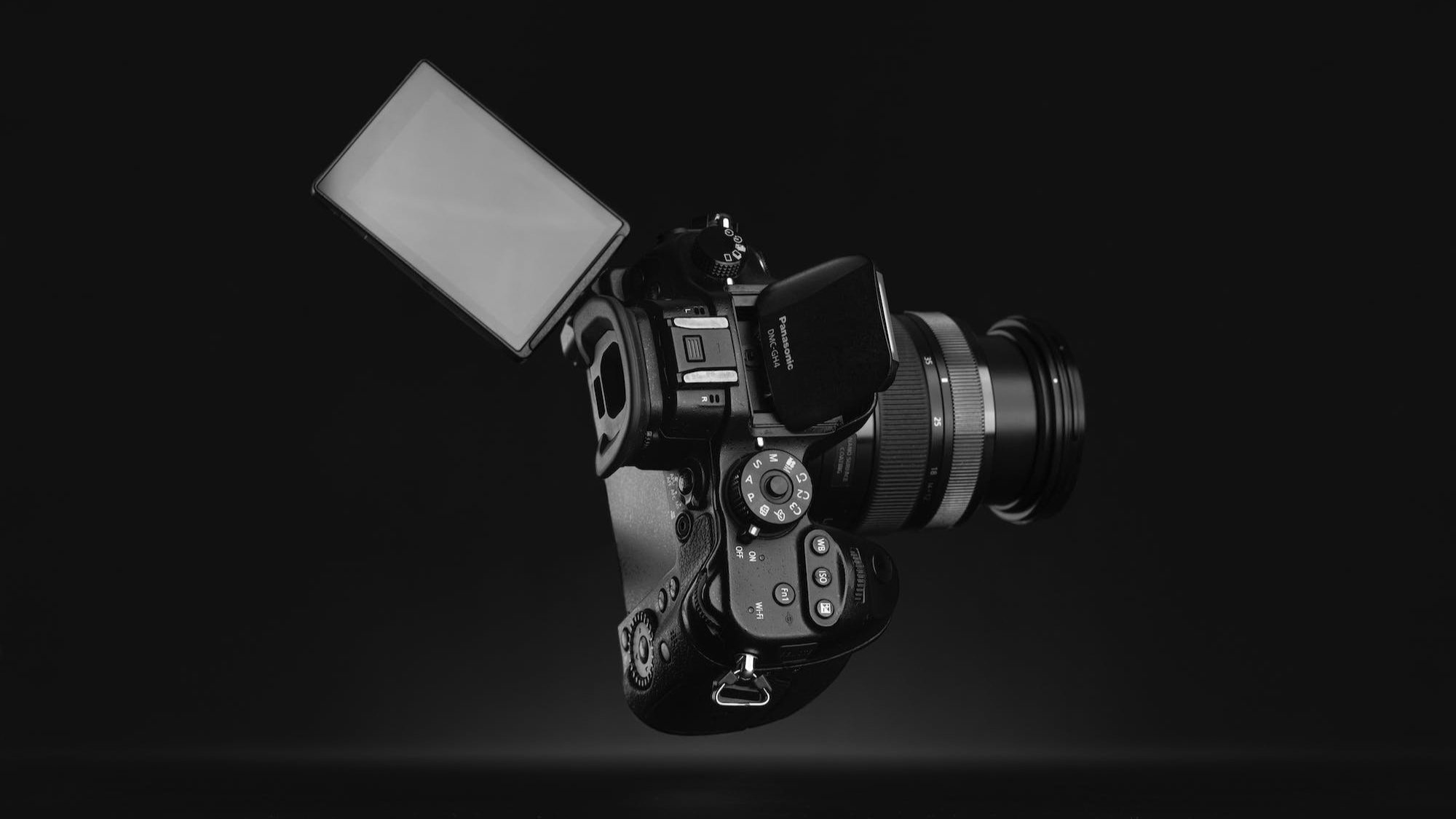


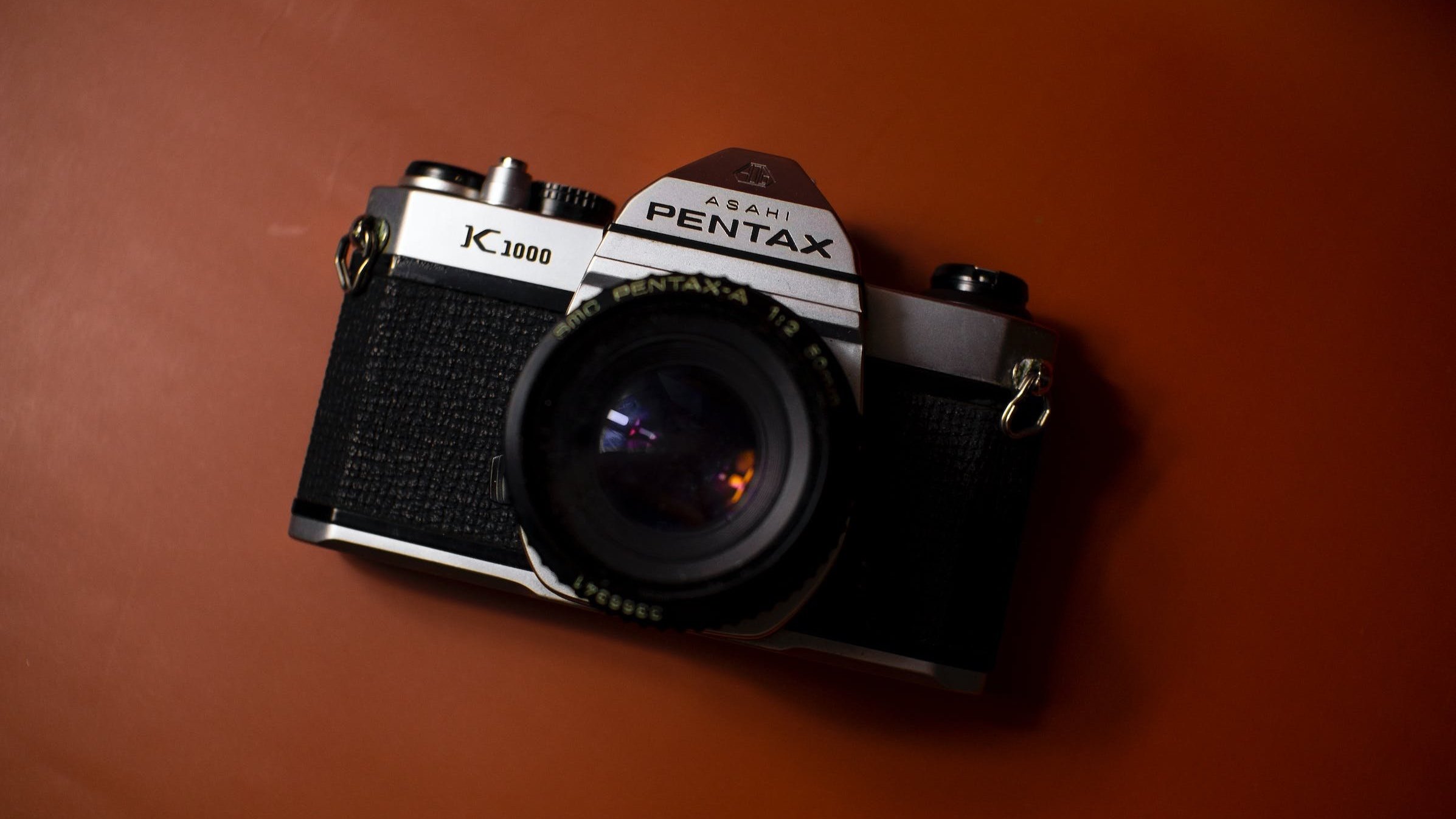



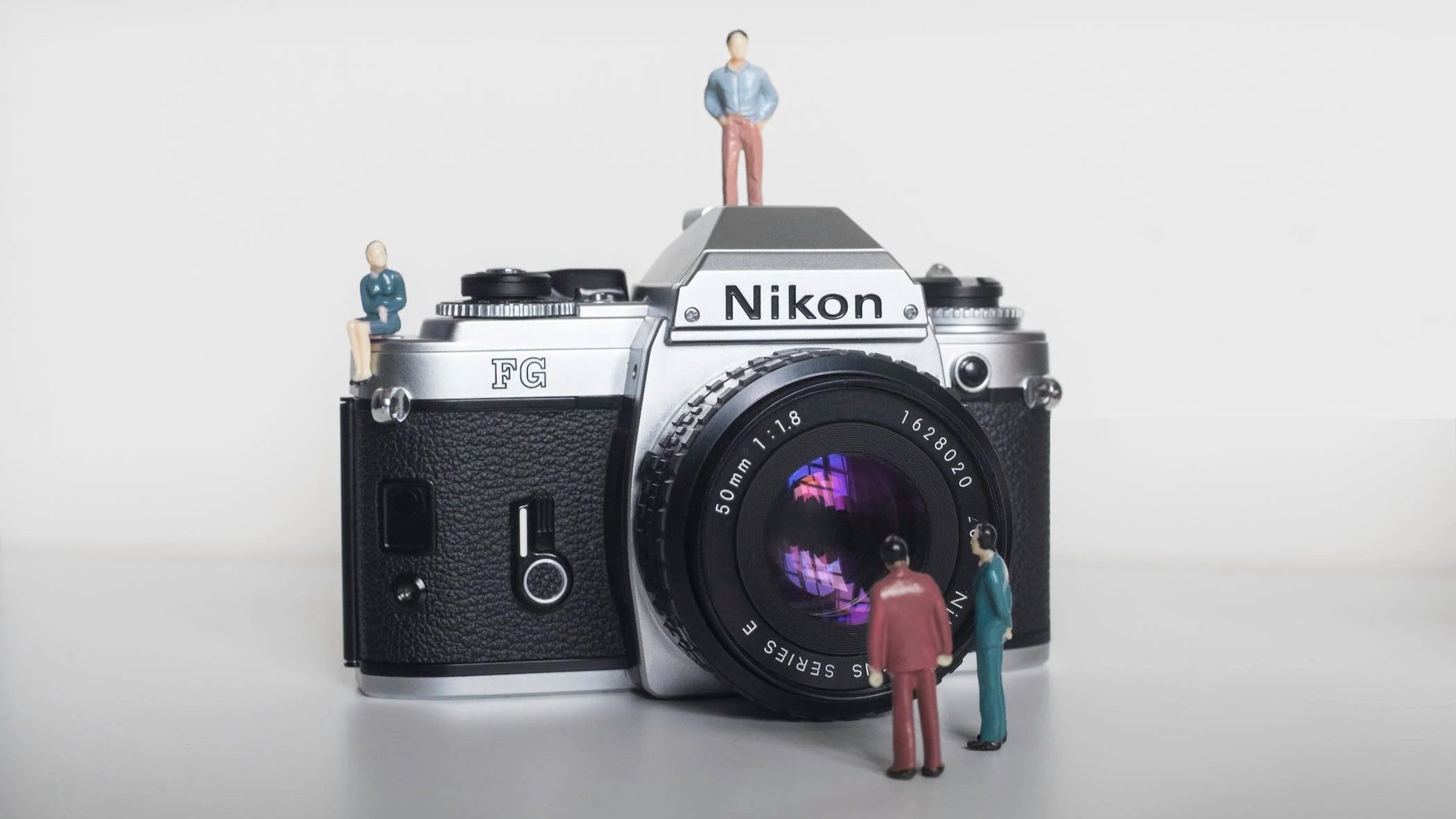
Lomography, a term and a movement that resonates deeply in the world of photography, represents more than just a style or a technique—it signifies a philosophy, a way of seeing and capturing the world. Rooted in a spirit of spontaneity, experimentation, and a celebration of imperfection, Lomography encourages …